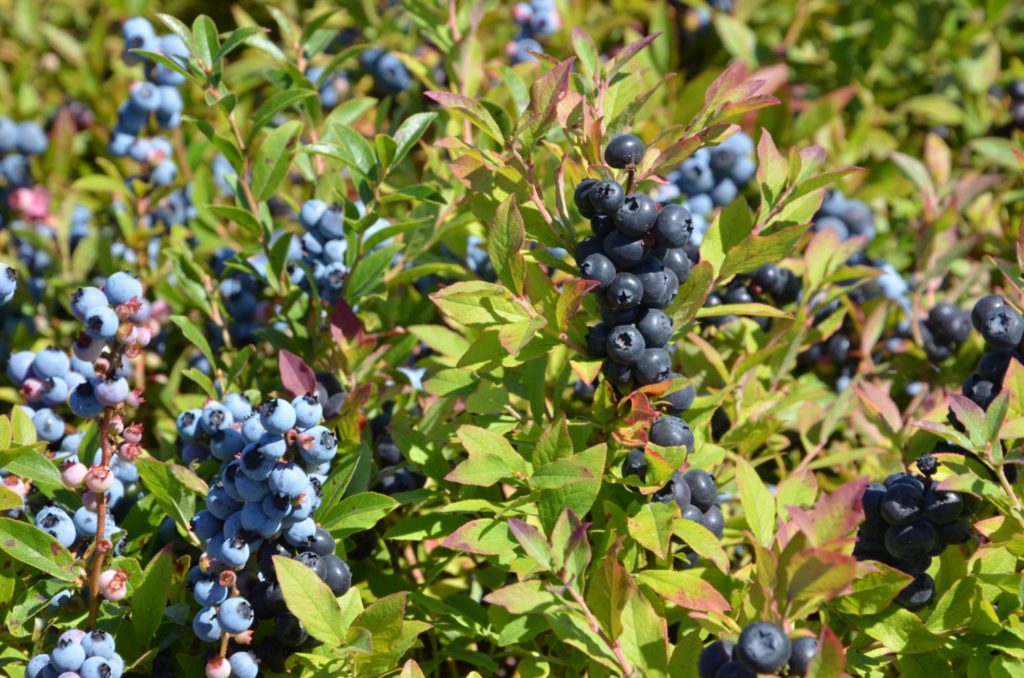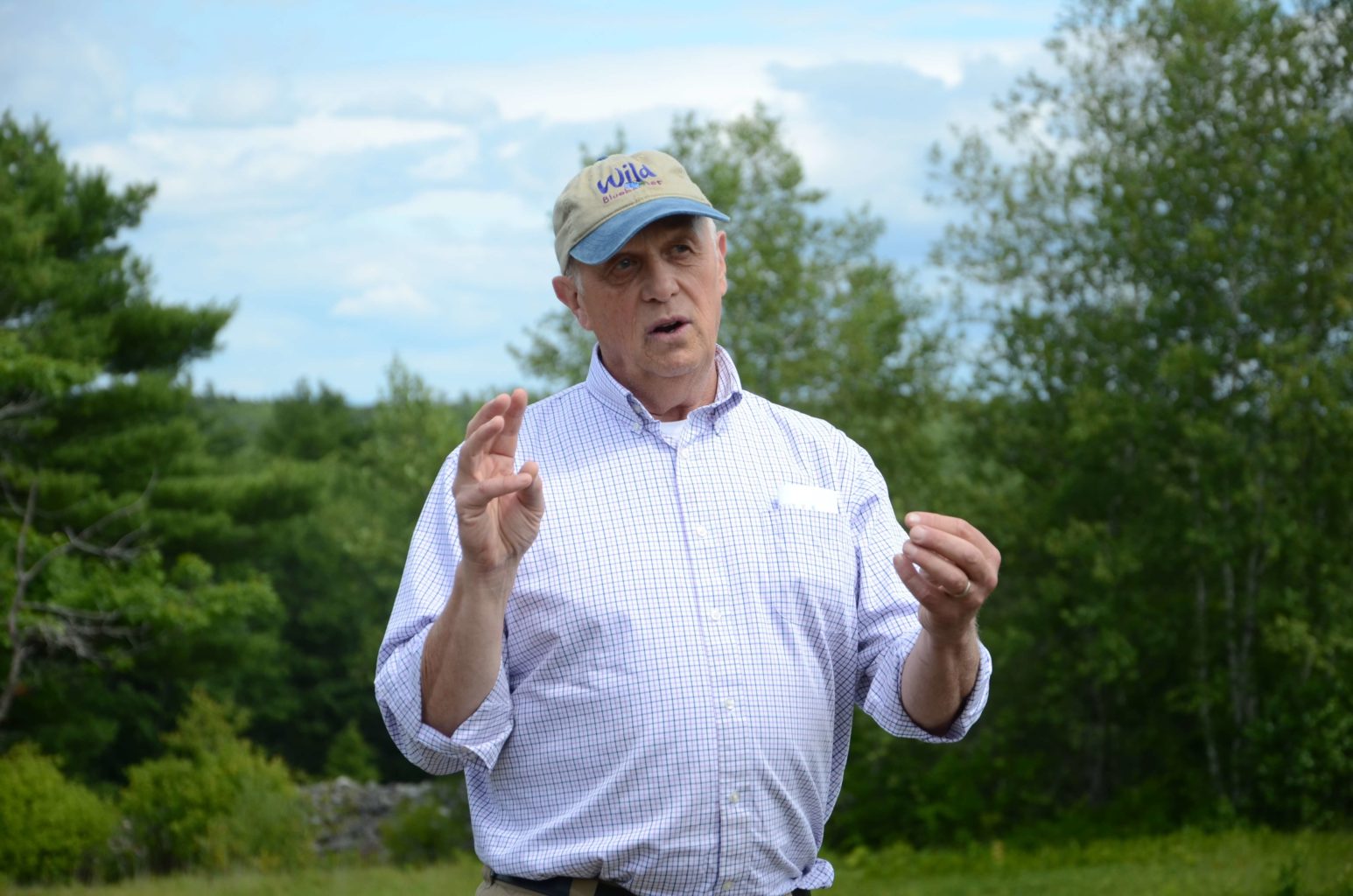Tiny but Mighty: How the Little-Known Wild Blueberry Became an Antioxidant Superstar
We’ve come a long way in fully appreciating the health benefits of the foods we eat. It’s not that we haven’t always cared, but until relatively recently, the science wasn’t there to back up the health story. Back in the 1920s and ‘30s the nutritional value of Wild Blueberries was anecdotal. We knew that native Americans used them widely (which is certainly a compelling endorsement), we also knew they were used to fuel soldiers in the Civil War. But there was no national narrative extolling the benefits of wild food. This started to change in the 1960s when Euell Gibbons published his acclaimed book, Stalking the Wild Asparagus. However, until this century, there was limited science and limited understanding of the role that wild plants played in the human diet.

Over the last two decades, the narrative and the science of foods has merged, and it has also become paramount. Consumers want to know the story of their food, including where it comes from. We want to know how and why it’s healthy. It was in this fertile environment that the Wild Blueberry story became possible. The tale is quite extraordinary of how a relatively unknown Wild Blueberry crop in Maine and eastern Canada went from being a small, beloved, and tasty annual phenomenon, to being understood as one of the healthiest fruits in North America. The explosion in popularity of the Wild Blueberry involves a confluence of many forces, including the invention of IQF freezing in the 1960s, broader and better distribution of food, the advancement of science aimed at understanding the health benefits of Wild Blueberries, and a population of Americans demanding healthy foods.
How the science of Wild Blueberries was advanced
In 1996, on their way back to Maine from a meeting in Halifax, Nova Scotia, a small group of Wild Blueberry industry experts – including David Yarborough, Phd., Wild Blueberry Specialist at the University of Maine, and Susan Davis MS, RD, advisor to the Wild Blueberry Commission – hatched the idea of an annual summit that would bring together top scientists from around the world to share research and collaborate. Davis had to sell the idea to her executive director. “This kind of gathering was not standard in the industry and was certainly not in the budget,” she recalls. “But when I passed the idea by my executive director, he wholeheartedly agreed.”

That first year, the summit hosted 12 researchers. “We met in Bar Harbor and called ourselves the Wild Blueberry Health Research Summit,” recalls Davis. “We didn’t know if the idea would be successful, since a lot of researchers don’t collaborate, they compete.”
That was 20 years ago. Since then, the group has expanded to 30 researchers from some of the world’s leading research universities. Many have been credited with some of the most groundbreaking blueberry studies, including:
- Antioxidant Research
- Brain Health and Cognitive Research
- Cancer Research
- Diabetes and Metabolic Syndrome Research
- Gut Health Research
- Heart Health Research
- Metabolism Research
“The antioxidant health story was virtually unknown when we began, yet it has become one of the most powerful health narratives of our time,” says Kit Broihier, MS, RD, LD, current nutrition advisor to the Wild Blueberry Association of North America (who now organizes the Health Research Summit after Susan Davis retired). “The antioxidant breakthrough was the beginning of a movement to understand the critical role that naturally occurring phytochemicals in plants play in the human diet. It’s led to a growing body of research that will bring even greater scientific understanding of how these tiny berries can help make a big impact on human health,” said Broihier.

The antioxidant breakthrough
Among the initial group of researchers to attend the summit was celebrated scientist Dr. Ronald Prior, who conducted the initial research applying the lab test called ORAC (Oxygen Radical Absorbance Capacity) to study the antioxidant capacity of fruits and vegetables. “This gathering was the first of its kind among food commodity groups, and it’s important to remember that our understanding of the nutritional benefits of blueberries was quite limited at the time,” notes Dr. Prior.
The ORAC test was a game-changer for the Wild Blueberry industry because it identified that on a fresh weight basis, Wild Blueberries contained more total antioxidant capacity than 20 other fruits and veggies, including cranberries, strawberries, plums, raspberries and even cultivated blueberries. Since that time, Dr. Prior has received numerous awards and recognition for his groundbreaking work.
“The Wild Blueberry Health Research Summit is special,” said Dr. Prior, “because it is comprised of a multidisciplinary group of scientists who are actively involved in research devoted solely to examining the extraordinary health benefits of Wild Blueberries.”

This week the Wild Blueberry Health Research Summit scientists are celebrating 20 years of collaboration and study of the health benefits of Wild Blueberries. We wish them a joyous and memorable weekend, and we thank them for helping all Americans – young and old – understand the amazing and powerful health benefits of eating Wild Blueberries.

